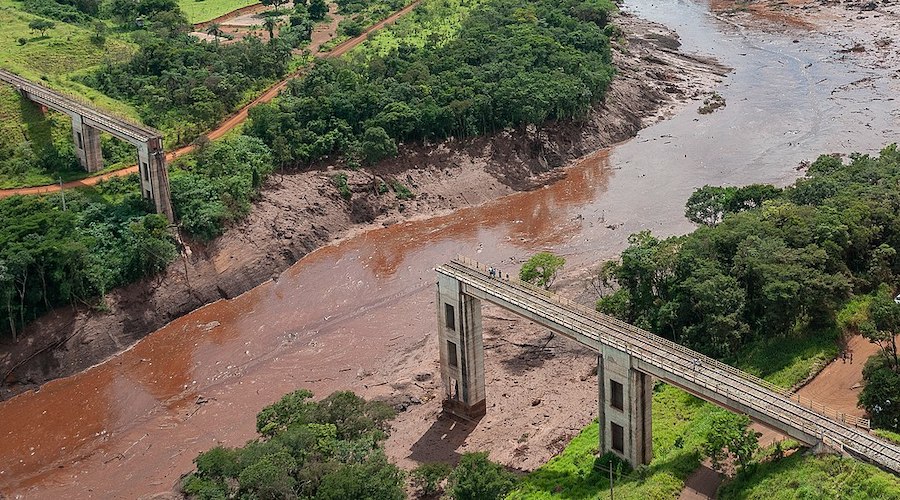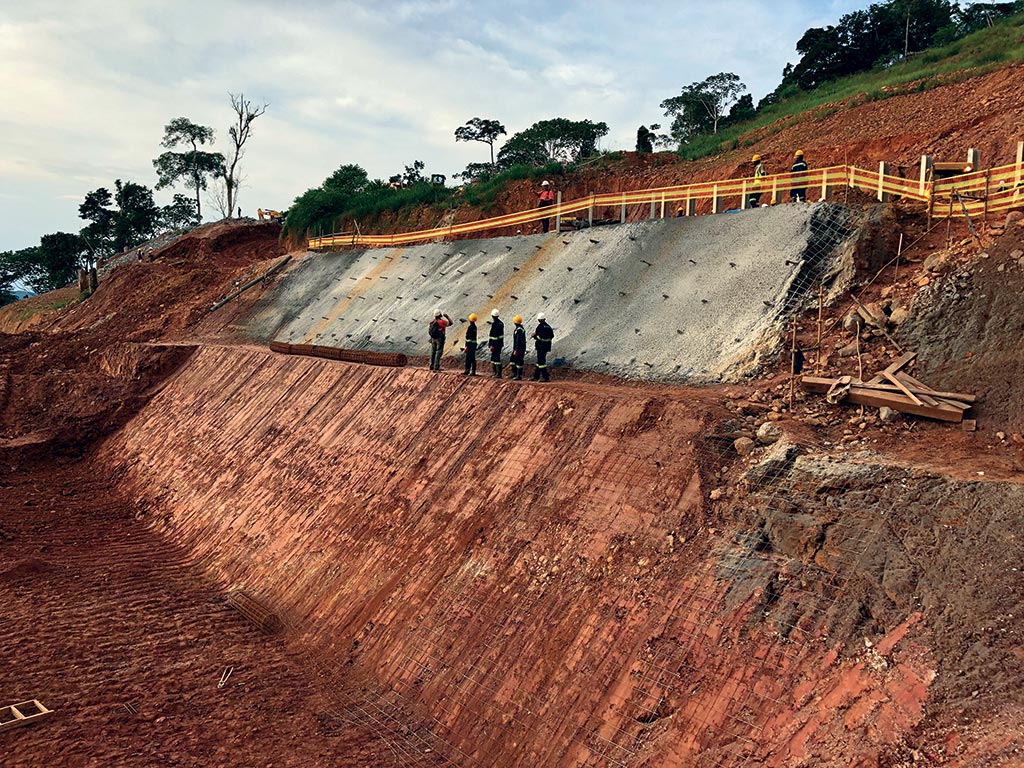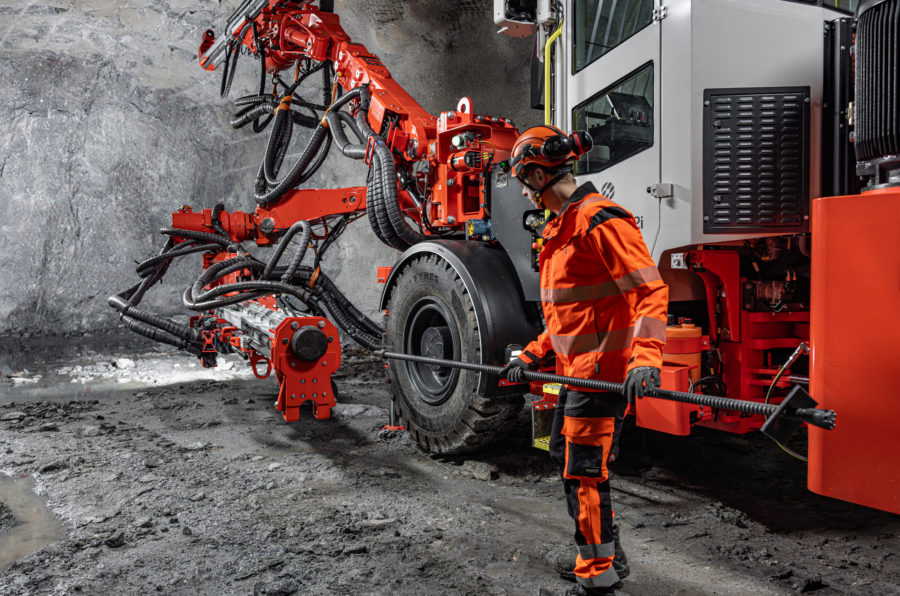‘Deeds, not words’: mining firms reshape boardrooms as investors demand sustainability

Under fire after a string of high-profile disasters, mining firms are shaking up their boardrooms in response to criticism that they are failing to meet their own environmental, social, and governance standards.
Shareholders are demanding change from an industry whose reputation has been battered by deadly collapses of mine waste storage facilities in Brazil, and Rio Tinto’s destruction of sacred rock shelters in Australia.
Companies are responding with changes to the structure and skillset of their senior management – a shift investors and governance experts say is sorely needed to mitigate risk in an inherently hazardous industry.
“The level of understanding and capability at board level is insufficient at the moment in the mining sector, and it doesn’t yet in our view support the transition of these companies to best practice,” Andy Jones, metals and mining lead at investment manager Federated Hermes, said.
Companies are responding with changes to the structure and skillset of their senior management
Brazil’s Vale SA – keen to show its dedication to safety and sustainability after two tailings dam failures in less than four years – recently announced the biggest shakeup in its board since it was privatized in 1997.
Seven of the 13 members of the new board set for approval this month have extensive experience in ESG and sustainability-related issues, up from five previously. The company has also added requirements for nominees to have experience in community relations.
AngloGold Ashanti last year appointed as a non-executive director a mining governance adviser to the United Nations Economic Commission for Africa, Kojo Busia, after the board identified the need to increase its efficacy in ESG oversight, it told Reuters.
Barrick Gold also bolstered its ESG credentials with the appointment of World Bank executive director Anne Kabagambe to its board in November, highlighting her experience in international development.
Some miners have also begun tying executives’ and directors’ bonuses directly to measurable ESG outcomes. Rio Tinto has connected 15% of executives’ annual bonuses to ESG metrics for the first time.
Bonuses for the director of Vale’s executive board for safety are calculated based only on health, safety, and sustainability indicators.
Culture of openness
But companies must also improve internal reporting and foster a culture of openness if the industry is to prevent a repeat of past mistakes, governance experts say.
“The remuneration is obviously key in terms of setting incentives, but that on its own doesn’t work unless the board is getting the quality of information and there is a spirit of independent thought and challenge,” said Joanna Hewitt, a partner at law firm Baker McKenzie in London who advises companies on corporate governance.
For boards to exercise proper oversight, directors need access to information that bypasses management, Daniel Smith, a governance advisor with CGI Glass Lewis, told Reuters last November.
To achieve that, a specialist heritage advisor reporting directly to the board could be appointed, or a board could have an ESG subcommittee responsible for stakeholder management, including of traditional owners, he said.
To help investors track their progress, mining companies must publish more data on issues like community engagement, water and air quality, and rehabilitation and closure plans, said Charlotte Valeur, founder of governance advisory firm Global Governance Group.
As a result of investor pressure, more mining companies are reporting so-called scope 3 emissions data, a measure of downstream CO2 emissions by metal consumers. Data transparency is key, says Valeur.
“It has to be deeds, not words,” she said. “What it’s easy to do is have some fluff – but what we want is hard numbers.”
(By Helen Reid, Melanie Burton and Marta Nogueira; Editing by Amran Abocar and Jan Harvey)
More News
Trump signs executive order to help revive dying coal sector
US president also instructed the Interior Department to locate coal deposits on federal lands, remove barriers to mining, and fast-track leasing processes.
April 08, 2025 | 02:32 pm
US envoy sees Alphamin reopening Congo tin mine as rebels depart
Alphamin halted mining last month at its Bisie mine to protect its employees as M23 rebels neared the site.
April 08, 2025 | 01:51 pm
Sandvik improves underground bolting safety with new pumpable resin system
The latest pumpable resin system, featuring Mineral Bolt technology from Sandvik Ground Support, now supports three bolt types.
April 08, 2025 | 01:44 pm
{{ commodity.name }}
{{ post.title }}
{{ post.excerpt }}
{{ post.date }}




Comments